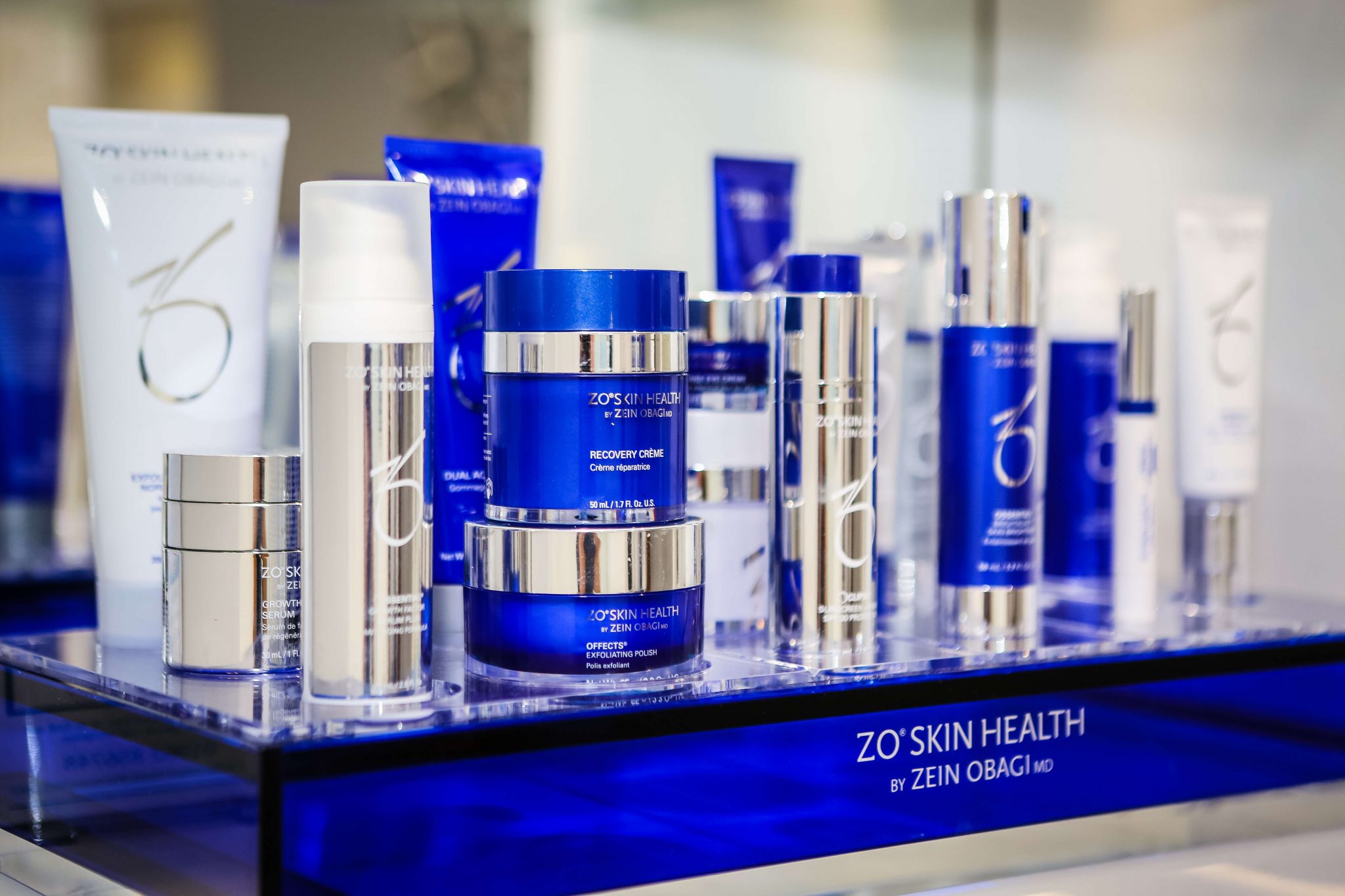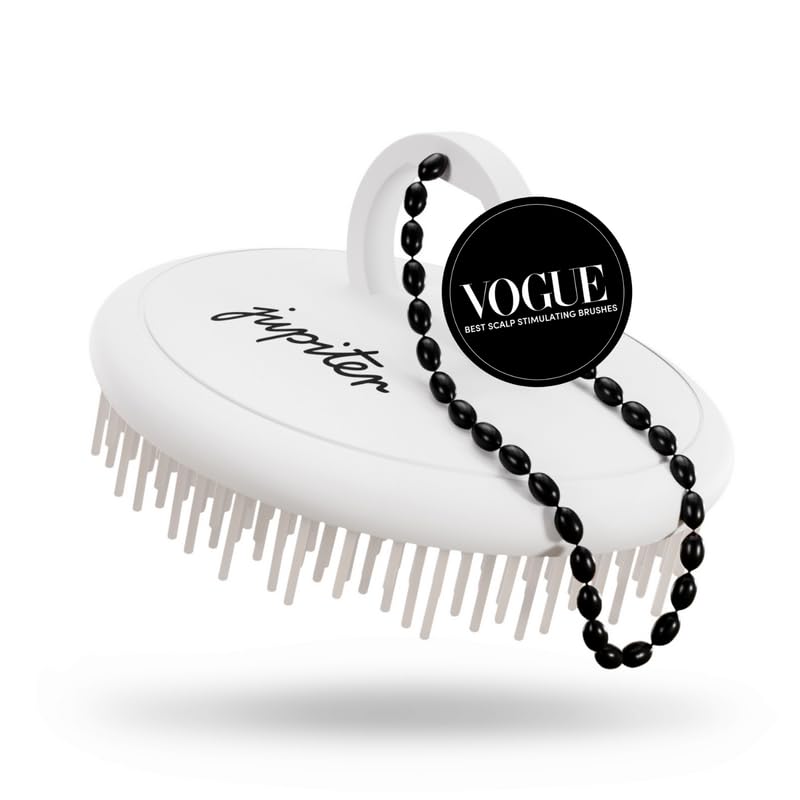Nail Care at Home: Easy Protection Tips

-
Table of Contents
Introduction
Nail care at home is an essential aspect of personal grooming that involves maintaining the health and appearance of the nails on both the hands and feet. Proper nail care can prevent nail-related problems such as breakage, splitting, and infections. Easy protection tips for nail care at home include keeping nails clean and dry, trimming them regularly, using moisturizers to keep the cuticles and nails hydrated, and avoiding harsh chemicals that can damage the nail structure. Additionally, a balanced diet rich in vitamins and minerals supports strong and healthy nail growth. By following these simple guidelines, individuals can ensure their nails remain strong, healthy, and aesthetically pleasing.
DIY Nail Care Routines: Simple Steps to Protect and Enhance Your Nails
Nail Care at Home: Easy Protection Tips
Maintaining healthy and beautiful nails doesn’t always require a trip to the salon. With a few simple steps, you can protect and enhance your nails right at home. Whether you’re looking to save money or just prefer the DIY approach, these tips will help you keep your nails in top condition.
First and foremost, cleanliness is key. Before you do anything else, make sure your nails and cuticles are clean. Use a gentle nail brush to scrub away any dirt and grime, and opt for a mild soap to avoid drying out your skin and nails. This not only prevents infections but also ensures that any nail care products you apply will work more effectively.
Once your nails are clean, it’s time to give them some shape. Filing your nails is preferable to clipping, as it allows for more control and can prevent splitting. When filing, always go in one direction to minimize damage, and choose a shape that mirrors your cuticles for a natural, elongated look. Remember, the goal is to create a smooth edge that not only looks good but also prevents snagging and tearing.
Hydration is just as important for your nails as it is for your skin. Dry nails can become brittle and prone to breaking, so it’s essential to keep them moisturized. Apply a nourishing cuticle oil daily to promote healthy nail growth and protect the skin around your nails. For an extra boost of hydration, consider soaking your nails in warm olive oil once a week. This can help strengthen your nails and keep them flexible.
Protecting your nails from harsh chemicals is another crucial step in your at-home nail care routine. When doing household chores, especially those involving water or cleaning products, wear gloves to shield your nails from potential damage. This simple habit can prevent weakening and discoloration of your nails, ensuring they stay strong and vibrant.
If you like to paint your nails, always start with a clear base coat. This not only helps the polish adhere better but also protects your nails from staining. When it’s time to remove your polish, opt for an acetone-free remover, as acetone can be very drying. Be gentle when removing polish to avoid scraping and damaging the nail surface.
Lastly, pay attention to your diet. Just like the rest of your body, your nails need the right nutrients to stay healthy. Incorporate foods rich in biotin, such as eggs, nuts, and legumes, into your diet to promote nail strength. Additionally, stay hydrated by drinking plenty of water throughout the day.
In conclusion, taking care of your nails at home is a simple yet effective way to ensure they stay healthy and look their best. By keeping them clean, properly shaped, and well-moisturized, you can prevent many common nail problems. Don’t forget to protect them from harsh chemicals and to nourish your body with the right nutrients. With these easy protection tips, your DIY nail care routine will keep your nails looking salon-worthy without ever having to leave the comfort of your home.
Essential Nutrients for Nail Growth: A Guide to Supplements and Foods
Maintaining healthy and strong nails is not just about the external care we provide but also about what we put into our bodies. The journey to resilient nails begins with understanding the essential nutrients that promote nail growth. By incorporating a variety of supplements and foods into our daily routine, we can ensure our nails receive the nourishment they need to thrive.
First and foremost, protein is the building block of our nails. Keratin, a type of protein, is the primary component of our nails, and its adequate intake is crucial for nail strength. Including protein-rich foods like lean meats, fish, poultry, beans, and legumes in your diet can make a significant difference. For vegetarians or those looking to supplement their protein intake, options like whey or plant-based protein powders can be beneficial.
Transitioning to vitamins, Biotin, also known as Vitamin B7, is often hailed as the go-to supplement for nail health. Biotin aids in the metabolism of protein-building amino acids that are essential for nail growth. While the body typically produces enough biotin naturally, boosting your intake through foods like eggs, almonds, cauliflower, and mushrooms, or through a biotin supplement, can provide extra support for your nails.
Another key player in nail health is iron. Iron deficiency can lead to brittle nails and even spoon-shaped indentations. To combat this, incorporating iron-rich foods such as spinach, red meat, lentils, and fortified cereals into your diet is essential. For those who struggle with iron absorption or have higher needs, an iron supplement might be a good addition, but it’s important to consult with a healthcare provider before starting any new supplement regimen.
Vitamin C is not only great for your immune system but also for your nails. It helps in the production of collagen, a protein that gives nails their strength and resilience. Citrus fruits, strawberries, bell peppers, and tomatoes are excellent sources of Vitamin C and can easily be included in meals or as snacks throughout the day.
Omega-3 fatty acids are also vital for nail health. They provide the oils that keep your nails moisturized and prevent them from becoming dry and brittle. Foods rich in Omega-3s include fatty fish like salmon, flaxseeds, chia seeds, and walnuts. For those who do not consume enough Omega-3s through their diet, fish oil supplements can be an effective alternative.
Zinc plays a role in nail growth by contributing to the proper functioning of the immune system and the maintenance of healthy nail tissue. Foods such as oysters, beef, pumpkin seeds, and chickpeas are high in zinc and can help keep your nails in top condition.
Lastly, hydration is a simple yet often overlooked aspect of nail care. Drinking plenty of water throughout the day helps maintain nail flexibility and prevents them from becoming brittle. While it’s not a nutrient per se, water is a fundamental element of overall health and, by extension, nail health.
In conclusion, while external nail care practices like regular manicures, protective gloves, and moisturizing are important, the foundation of strong, healthy nails lies in the nutrients we consume. By focusing on a balanced diet rich in proteins, vitamins, and minerals, and considering supplements when necessary, you can create the optimal conditions for your nails to grow strong and beautiful. Remember, the path to gorgeous nails is not just skin deep—it starts on your plate!
Top 10 Nail Strengthening Techniques for Healthy At-Home Manicures

Maintaining strong and healthy nails might seem like a luxury reserved for expensive salon visits, but it’s entirely possible to achieve a salon-worthy manicure right at home. With the right techniques and a bit of know-how, you can protect and strengthen your nails, ensuring they look their best without breaking the bank. Here are the top ten nail strengthening techniques that will help you keep your nails in tip-top shape.
Firstly, hydration is key. Just like your skin, your nails need moisture to stay flexible and strong. Regularly applying a nourishing cuticle oil can work wonders, penetrating the nail bed to improve strength and prevent brittleness. Moreover, wearing rubber gloves while doing household chores, especially those involving water or harsh chemicals, can protect your nails from damage and dehydration.
Secondly, consider incorporating biotin-rich foods into your diet or taking a biotin supplement. Biotin, a B-vitamin, has been shown to enhance nail strength and reduce splitting. Foods like eggs, almonds, and sweet potatoes are great sources of biotin and can contribute to the overall health of your nails.
Another essential tip is to file your nails correctly. Always file in one direction rather than sawing back and forth, which can cause the nails to split and weaken. Opt for a fine-grit file to shape your nails gently, and avoid metal files that can be too harsh.
Additionally, keep your nails at a reasonable length. While long nails might be fashionable, they’re also more prone to breaking. Shorter nails are less likely to snag and tear, so if you’re aiming for strength, consider keeping them trimmed.
Furthermore, avoid nail hardeners that contain formaldehyde or toluene. These chemicals can actually make your nails more prone to breaking in the long run. Instead, look for fortifying nail treatments that contain proteins or nylon, which can create a protective shield over the nail.
It’s also important to give your nails a break from polish. Constantly wearing nail polish, especially if it’s dark in color, can lead to discoloration and weakening of the nails. When you do paint your nails, use a base coat to protect the nail surface from staining and to help the polish adhere better.
When it comes to removing polish, opt for an acetone-free remover. Acetone can be very drying to your nails and cuticles, so a gentler formula will help maintain moisture levels.
Moreover, be gentle with your nails. Avoid using them as tools to open cans or scrape off stickers. This kind of misuse can cause significant damage and weaken your nails over time.
In addition, pay attention to your nail polish’s shelf life. Old polish can become thick and difficult to apply evenly, leading to clumpy layers that chip easily. Keeping your polish fresh ensures a smooth application and a more durable finish.
Lastly, practice patience. Nails grow slowly, and it takes time for them to recover from damage. By consistently following these tips, you’ll gradually see improvements in the strength and health of your nails.
In conclusion, achieving strong, healthy nails doesn’t require a trip to the salon. With these easy protection tips, you can give yourself a fabulous at-home manicure that not only looks great but also fortifies your nails against everyday wear and tear. Remember, nail care is an ongoing process, and with a little dedication, you can flaunt beautiful, resilient nails that are the envy of all your friends.
Conclusion
Maintaining healthy nails at home is achievable through simple and consistent care. Regular trimming, keeping nails clean and dry, moisturizing cuticles, and avoiding harsh chemicals can prevent common nail problems. Using protective gloves during chores and applying a strengthening polish can further protect nails from damage. A balanced diet rich in vitamins and minerals supports overall nail health. By following these easy protection tips, individuals can ensure their nails remain strong, healthy, and well-maintained.








